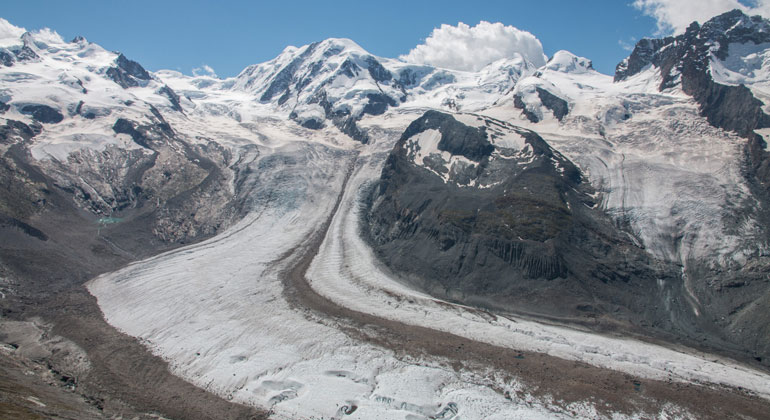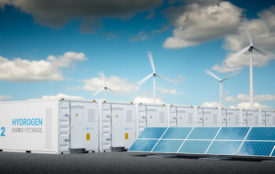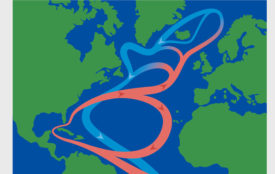Climate change: Glaciers melting at an alarming rate
Glaciers that cover the mountainous regions of the world are important reserves for freshwater, providing resources for drinking water, irrigation, and hydroelectric power.
However, they are melting dramatically as a result of climate change and are causing sea levels to rise at an ever increasing rate. That has now been proven by a new large international study in which a research team from Friedrich-Alexander-Universität Erlangen-Nürnberg (FAU) was involved and that has now been published in the research magazine Nature*.
The study shows that since 2000, glaciers have been losing an average of 273 million tons of ice per year. That is equivalent to five times the volume of Lake Constance – per year. The situation has become particularly dramatic in the last ten years. Over this period, the volume of melted ice has risen by 36 percent – from 231 billion tons per year in the first half of the period investigated for the study (2000 to 2011) to 314 billion tons per year in the second half (2012 to 2023). In 2000, the glaciers accounted for an estimated 121,728 billion tons of ice, not counting the continental ice fields of Greenland and the Antarctic.
“Our results show that the glaciers on our planet have lost approximately five percent of their total volume in the last two decades,” explains Prof. Dr. Matthias Braun, Professor of Geography at FAU. “The losses vary greatly, however, from region to region: At the Antarctic and Sub-Antarctic islands we have measured a two percent loss of ice. Approximately 39 percent of glacier ice has disappeared from Central Europe since the year 2000. That is dramatic.” In the period investigated for the study, the glaciers lost 18 percent more mass than the Greenland ice sheet and more than twice as much as the Antarctic ice sheet.
Almost two centimeters rise in sea levels
A further result of the study: The 6,542 billion tons of glacier ice that melted between 2000 and 2023 caused sea levels to rise by 18 millimeters across the globe, 0.75 millimeters per year on average.
Nowadays, glaciers are the second largest cause of the global rise in sea levels, after the warming of the oceans. They exceed the contribution made by the Greenland ice sheet, the Antarctic ice sheet, and changes to water reserves on land. As well as causing sea levels to rise, the melting of the glaciers also leads to a considerable loss of regional freshwater resources.
A major international project
For the study (Glacier Mass Balance Intercomparison Exercise, Glambie for short) by the European Space Agency ESA, a total of 35 teams consisting of approximately 450 scientists from across the globe compiled data from field measurements and from optical, radar, laser and gravimetry satellite missions. Using the data from these sources, the scientists created time series of changes in mass for all glacial regions across the globe from 2000 to 2023.
The study summarized 233 estimates of regional changes to glacial mass. As the investigations were based on a wide range of different measuring methods and data sets, with different evaluation processes, they provide information on the differences between the various observation methods and chosen time periods, as well as allowing researchers to pinpoint regional trends. The consolidated data provide the experts with an important new basis for their work and allow more accurate prognoses to be made in future concerning the development of glaciers.
FAU scientists Prof. Dr. Matthias Braun, Dr. Thorsten Seehaus and Dr. Christian Sommer contributed data and analyses of changes in the height of glaciers, for example in the Andes and in the Alps. These data originate from the German satellite mission TanDEM-X, in which FAU is also involved.
- *DOI: https://doi.org/10.1038/s41586-024-08545-z
- “Climate change: It is no longer possible to save the glaciers at the size they are today” | Dr. Christian Sommer from the Institute of Geography at FAU was involved in the first systematic recording of measurement data tracking the dramatic retreat of glaciers
Source
Friedrich-Alexander-Universität Erlangen-Nürnberg (FAU) 2025








